Perhaps I should come clean straightaway and admit that, despite the fact that OperaUpClose is about to celebrate its fifth birthday, I’d never been to see one of its shows before last week. This has not been a conscious decision; maybe, though, I’d been unconsciously put off by the company’s early braggadocio — by the manner in which it gleefully trumpeted the Violetta-like decline of ‘traditional’ opera so that it could offer itself up as a timely cure. I can’t say that I’ve ever been attracted, either, by the prospect of a luscious Puccini score reduced for three instruments, or of singers, many only just out of music college, tackling demanding roles in tiny venues — the company, unlike other smaller operatic outfits, has never shied away from the big staples of the repertoire.
If I’ve stayed away up until now, though, others have come flooding: OperaUpClose has proved enormously popular and it has inspired a wealth of other small-scale companies. Robin Norton-Hale, one of the company’s founders and the director of its La traviata, also acknowledges in a chatty programme note that it’s now rather more settled as part of the operatic establishment. Besides its production of Verdi’s classic, which opened in Islington’s King’s Head Theatre last autumn and has come to the Soho Theatre after being on the road, two further OperaUpClose productions (Tosca and The Elixir of Love) are currently on tour.
La traviata follows the formula of previous stagings, with Norton-Hale producing an ‘English version’ that is a colloquial, free reworking to fit a new dramatic context — here the 1920s in America. The score is reduced, but is otherwise performed by and large with an earnest sense of respect, the exception here being a jazzy reworking of act two’s toreador music played on a gramophone. The cast is cut down to five, with several secondary characters fused together: the crowd scenes, as a result, become cosy gatherings of people who all already know each other rather well; the clashes between private emotions and their public revelation is lost.
There are times when it feels like trying to take in a grand Veronese from a couple of feet away. Small details are revealed in some fine acting, but the grand gestures and operatic pacing, designed to be experienced from a distance, are cruelly exposed as either clunky or simply lacking in conventional theatrical realism — which was never really opera’s stock-in-trade in the first place. The singing, meanwhile, was largely fearless and competent from the cast I saw (three sets of singers alternate across the performances), but my Violetta, Prudence Sanders, was alone in offering any vocal allure or beauty, managing some moments of concentrated, touching intimacy. Significantly, though, she was most moving when resorting to speech in a lilting, thoroughly convincing American drawl.
The trio of piano, clarinet and cello was also at its best in the smaller-scale moments; the spell was broken when it struggled to recreate any orchestral weight. There’s no doubting the show’s energy and conviction, the occasional ingenuity of the updating, or the commitment of everyone involved. And the company does important work in giving young singers experience — although is singing big Puccini and Verdi so young really that beneficial? It also presents opera without the traditional trappings that we are told so many find so off-putting, and does so at reasonable prices. I’m determined to give the company another try, but I remain agnostic for the moment.
Arguably, it’s the fringes of the repertoire that benefit most from adventurous smaller-scale companies. I wish I could be more enthusiastic, though, about an enterprising staging of Rutland Boughton’s The Immortal Hour in the Finborough Theatre, a tiny space above a west London pub. Once famous for its ‘Faery Song’, Boughton’s ‘music drama’ was part of the composer’s plans for an English festival on vague Wagnerian lines, which was eventually founded in Glastonbury in 1914 — it lasted for a decade, and is unrelated, in case you’re wondering, to the other Glastonbury festival. The piece was premiered there, before becoming a phenomenal hit in London during the 1920s, running for a frankly baffling 600 consecutive performances at the Regent Theatre.
The libretto, by the Scottish writer William Sharp (but published under the pseudonym Fiona Macleod), is hopelessly nebulous and cryptic, featuring Celtic ancients and druids and accompanied by music whose insipidness the quartet of musicians playing here could do little to disguise.
Got something to add? Join the discussion and comment below.
Get 10 issues for just $10
Subscribe to The Spectator Australia today for the next 10 magazine issues, plus full online access, for just $10.
You might disagree with half of it, but you’ll enjoy reading all of it. Try your first month for free, then just $2 a week for the remainder of your first year.

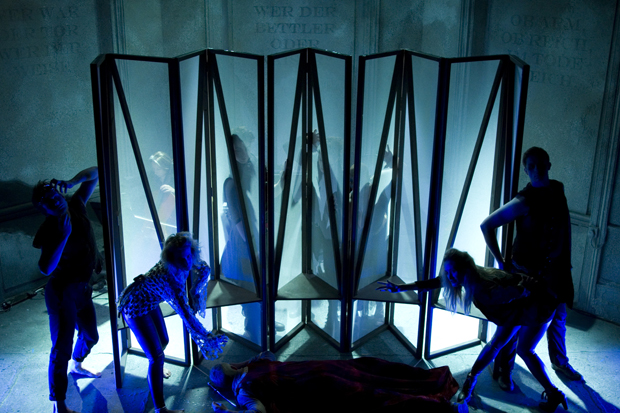
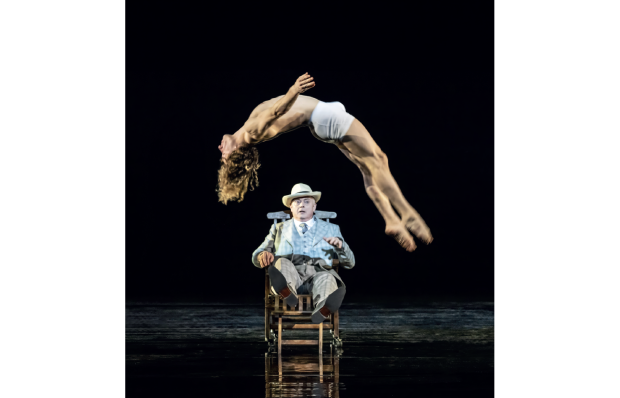
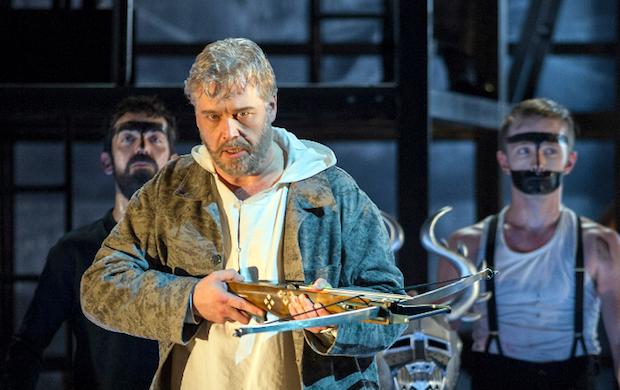
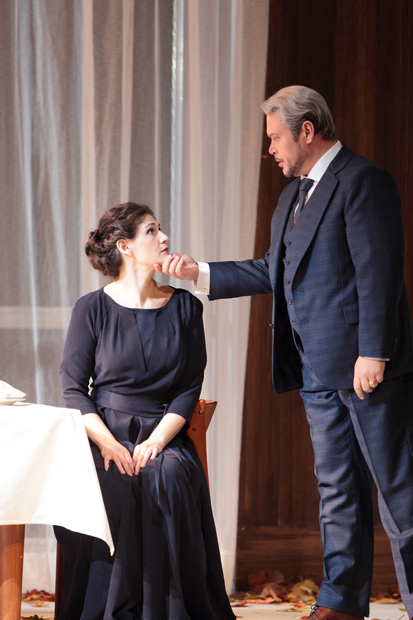
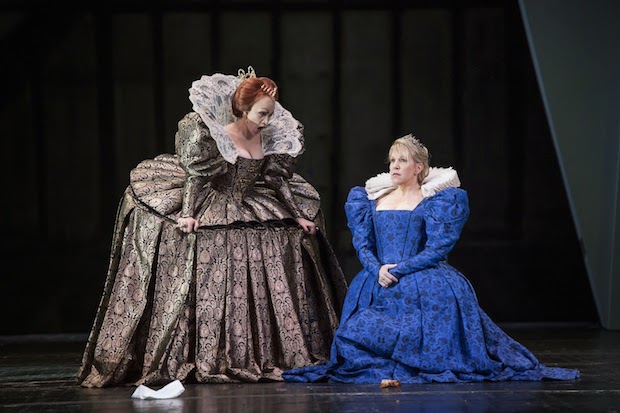
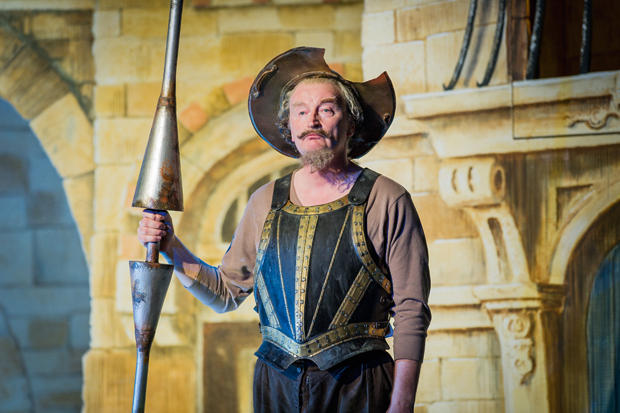
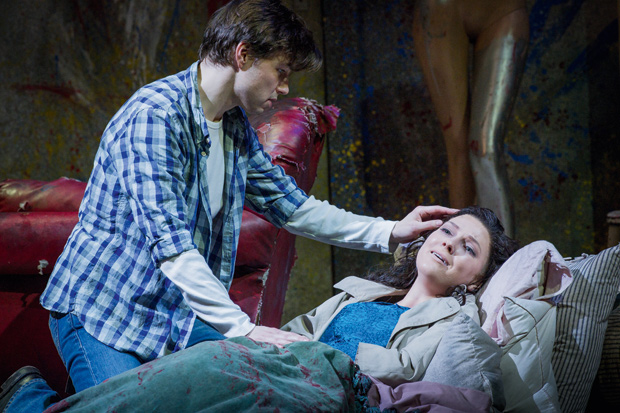






Comments
Don't miss out
Join the conversation with other Spectator Australia readers. Subscribe to leave a comment.
SUBSCRIBEAlready a subscriber? Log in